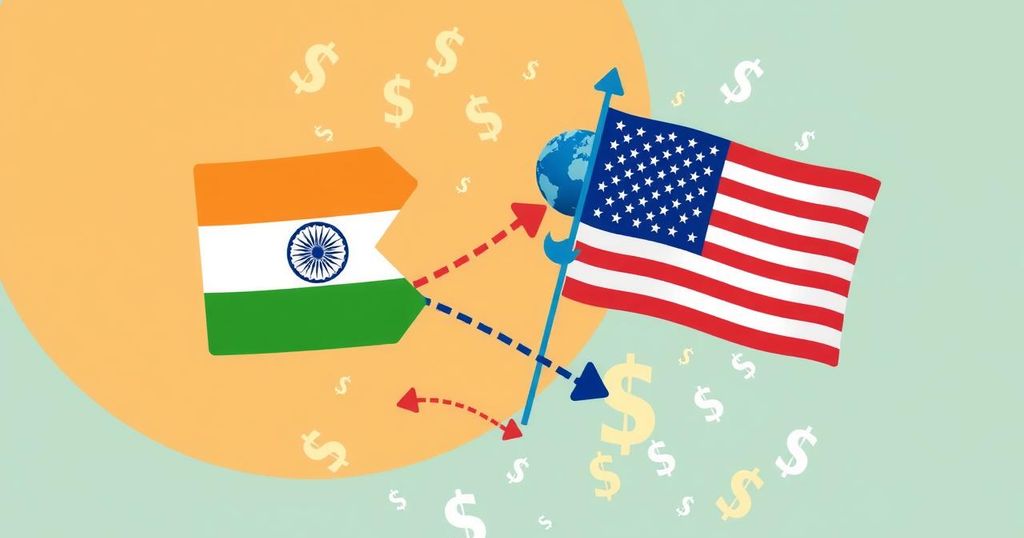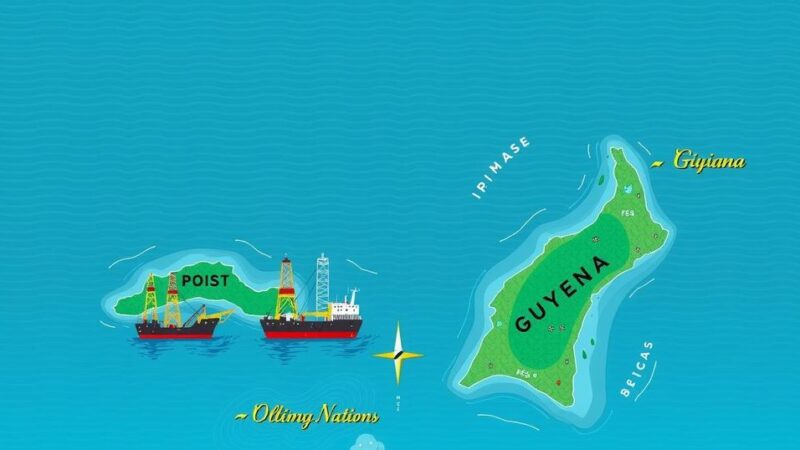U.S. President Trump plans to impose reciprocal tariffs on all countries starting April 2, aiming to rectify trade imbalances while funding domestic policies. India is preparing for sectoral talks as concerns over potential adverse implications of these tariffs grow among its industries. The two nations target a significant increase in bilateral trade by 2030.
On April 2, President Donald Trump plans to implement reciprocal tariffs, impacting all countries, rather than a select few as previously speculated. This initiative aims to rectify global trade imbalances and support U.S. manufacturing through monetary gains that may fund tax-related plans for his domestic policies and the 2024 electoral campaign.
While White House economic adviser Kevin Hassett indicated that the focus would be on 10 to 15 nations with significant trade disparities, details regarding the specific tariffs, their calculations, and potential exemptions remain unspecified. Trump’s tariffs may also consider non-tariff barriers, although the administration has yet to clarify these calculations.
The tariffs threaten to escalate into a trade war, contributing to market instability and concerns of a recession within the U.S. Despite this, Trump perceives them as essential for protecting the economy and enhancing international trading terms. Recently, he indicated mutual goodwill is expected in tariff negotiations with India.
India has responded to the impending tariffs by initiating sectoral talks under a bilateral trade agreement, which aims to significantly enhance trade relations between the two nations. Following productive negotiations, expert-level engagements are anticipated to commence soon, with a goal of doubling bilateral trade to USD 500 billion by 2030.
The U.S. seeks concessions in various sectors, such as industrial goods and automobiles, while India is expected to pursue reductions in labor-intensive sectors like textiles. However, agriculture, a politically sensitive area, may remain excluded from discussions. In 2024, agricultural exports from the U.S. to India amounted to USD 1.6 billion, primarily encompassing almonds and ethanol.
As the deadline for reciprocal tariffs approaches, President Trump’s strategy aims to address trade imbalances globally, including with India. Although the details surrounding the tariffs remain vague, both nations are engaged in discussions to solidify a bilateral trade agreement. With aspirations to enhance trade significantly by 2030, India’s industries seek exemptions from potential tariffs to mitigate adverse effects on their economic interests.
Original Source: www.livemint.com






